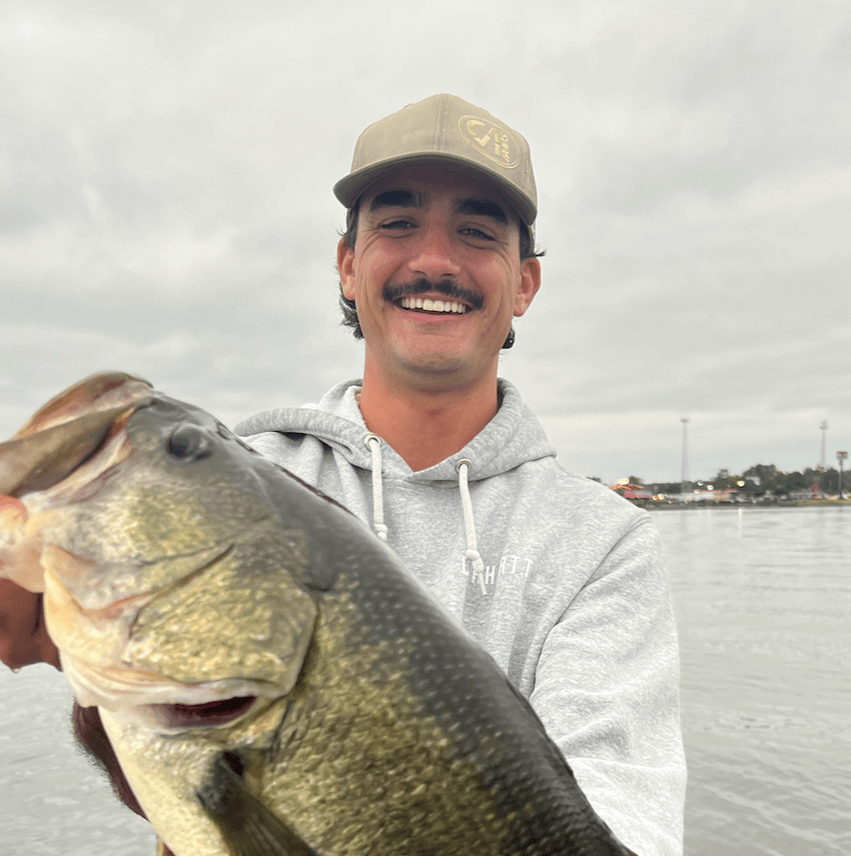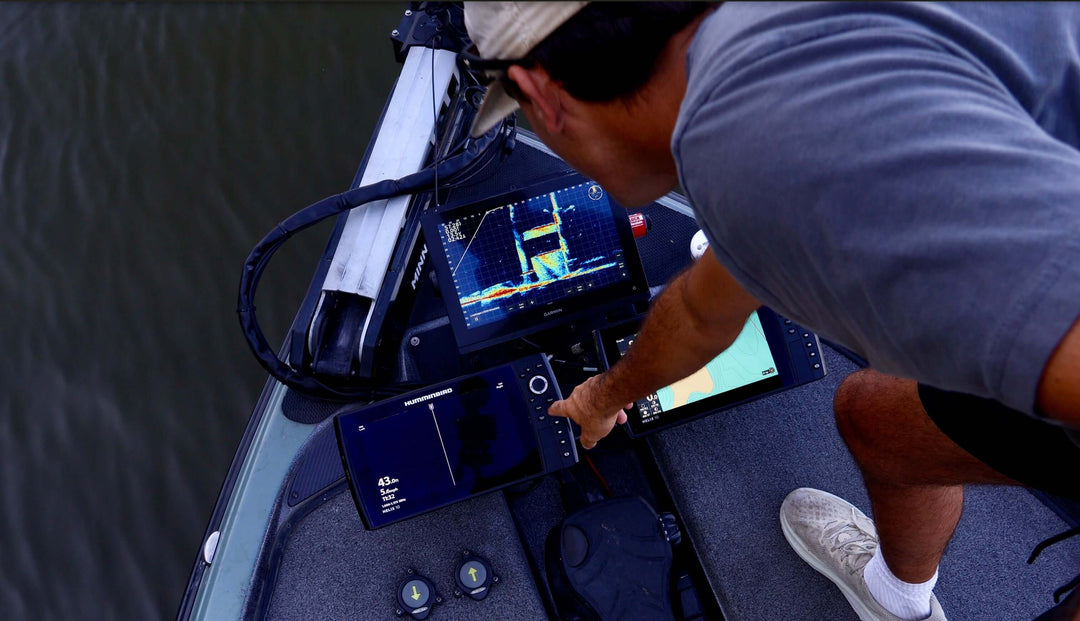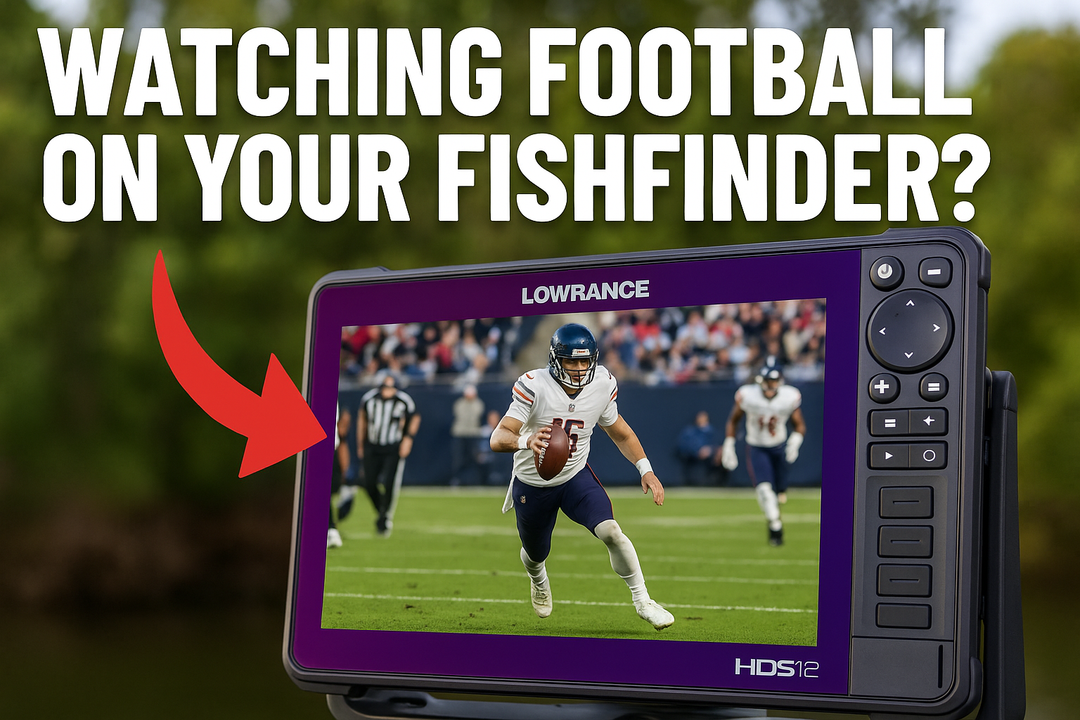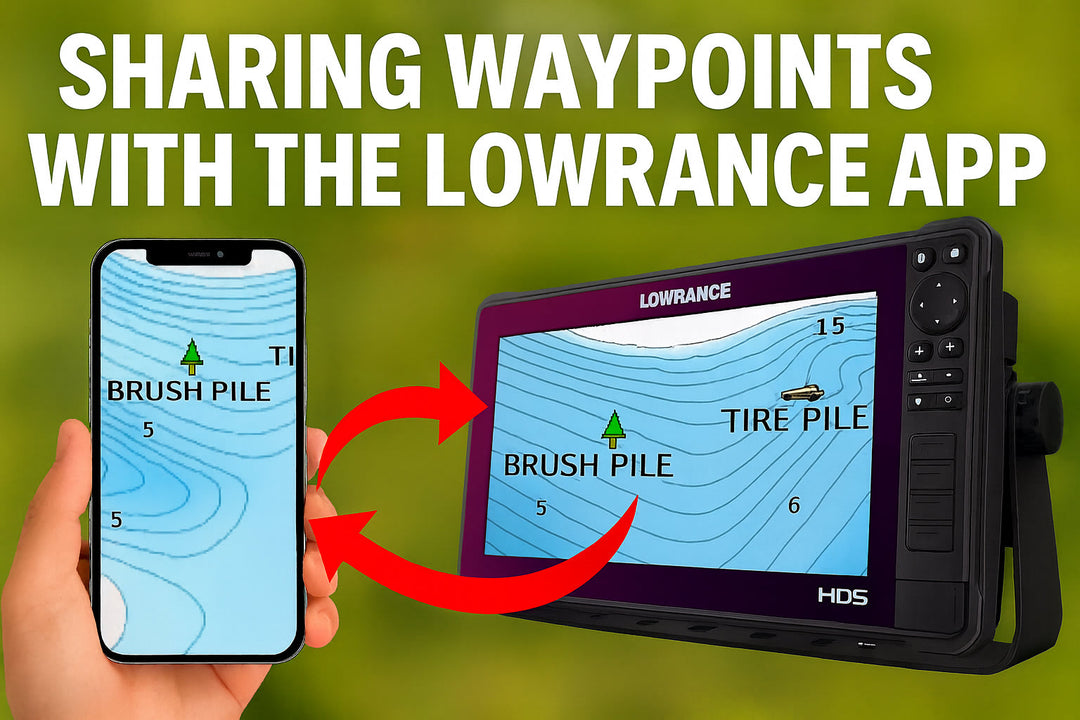Understanding Reverse Range on Garmin LiveScope LVS32 and LVS34

Reverse Range is a setting on Garmin LiveScope that controls how much of the sonar image appears behind the transducer. While most anglers focus on what’s in front of them, Reverse Range can be useful in certain scenarios, particularly for tracking fish that swim under the boat. However, overdoing it can clutter your screen with unnecessary returns, making it harder to focus on what’s ahead.
What Does Reverse Range Do?
LiveScope primarily displays what’s in front of or below the transducer, but Reverse Range allows you to see a portion of what’s behind the transducer as well.
- Higher Reverse Range: Expands the rear view, allowing you to see more of what’s happening under or behind the boat.
- Lower Reverse Range: Keeps the image focused forward, reducing screen clutter.

When Should You Adjust Reverse Range?
Reverse Range isn’t something you need to adjust often, but there are situations where increasing it can be useful:
- When Dropping Straight Down: If you’re vertical fishing, Reverse Range can help you keep track of fish moving underneath the boat.
- For Slow-Moving Fish Below the Boat: If fish are swimming past you instead of staying directly in front, Reverse Range can help you spot them before they move out of range.
- For Better Context on Structure Fishing: If you’re working a brush pile or rock pile, a bit of Reverse Range can help you see how fish are moving around it.
However, if you’re actively scanning in front of you, Reverse Range may not be necessary and can clutter the screen with unneeded returns.
The Trade-Off: Extra Visibility vs. Screen Clutter
While Reverse Range can provide additional data, increasing it too much has downsides:
- Too Much Reverse Range Can Overload the Screen: You might start seeing too much detail behind the transducer, making it harder to focus on fish and structure in front of you.
- Not Always Useful for Casting: If you’re scanning forward for fish and structure, keeping Reverse Range low (or off) prevents distractions.
- Can Show More Noise in Shallow Water: In shallower areas, Reverse Range may pick up excess sonar reflections from the bottom or surface.
Practical Tips for Setting Reverse Range
- Keep It Low for Forward Scanning: If you’re casting to fish ahead, keeping Reverse Range at default or offkeeps your display clean.
- Increase Slightly for Vertical Fishing: A bit of Reverse Range can help when dropping on fish directly under the boat.
- Don’t Overdo It: Too much Reverse Range can make it hard to focus on the most important part of the image.
- Test in Different Depths: Shallow water can create more clutter with Reverse Range, while deeper water may benefit from a slight increase.
Final Thoughts
Reverse Range can be a helpful tool for vertical fishing and tracking fish under the boat, but for most forward-scanning situations, it’s best to keep it low or off. Overextending Reverse Range can create unnecessary clutter, making it harder to focus on the key details in front of you.









